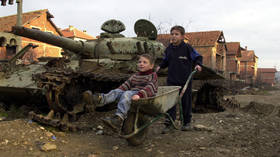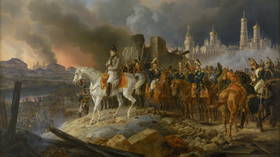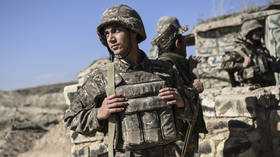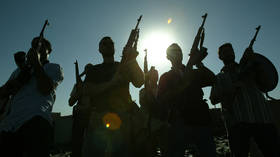Another Afghanistan in the making? How a fully-fledged war between two ex-Soviet states could threaten stability in Central Asia

While the leaders of more than 20 major Asian countries – including Russia, China, Turkey, and India – held talks in the ancient city of Samarkand only a few hundred kilometers away, large-scale hostilities erupted on the border between Tajikistan and Kyrgyzstan, last week. As their presidents also participated in the Shanghai Cooperation Organization (SCO) summit, the conflict erupted with the use of heavy weapons and claimed hundreds of lives.
It all began on Wednesday, when the Kyrgyz border service discovered their Tajik counterparts had taken up combat positions on part of the state border, thus nullifying previously reached agreements. In response to the demand to leave the territory, they opened fire. Fighting with the use of heavy weapons continued for several days. The death toll was much higher than in the course of several past incidents. Some 59 deaths were reported in Bishkek and 41 in Dushanbe. Most likely, these are not the final numbers.
On Monday, the heads of the intelligence services of the two countries signed a peace protocol. However, the reasons that forced the parties to take up arms have not disappeared, making a repetition of the conflict almost inevitable.
Gordian Knot of the East
Clashes on the border of Tajikistan and Kyrgyzstan are not out of the ordinary due to unresolved territorial conflicts after the collapse of the USSR. The most fertile part of the region, the Fergana Valley, is not only divided between Uzbekistan, Tajikistan, and Kyrgyzstan, but is also dotted with numerous enclaves, of which only eight are considered large.
The current conflict occurred in the area of the Tajik enclave of Vorukh, which is surrounded by the territory of Kyrgyzstan.
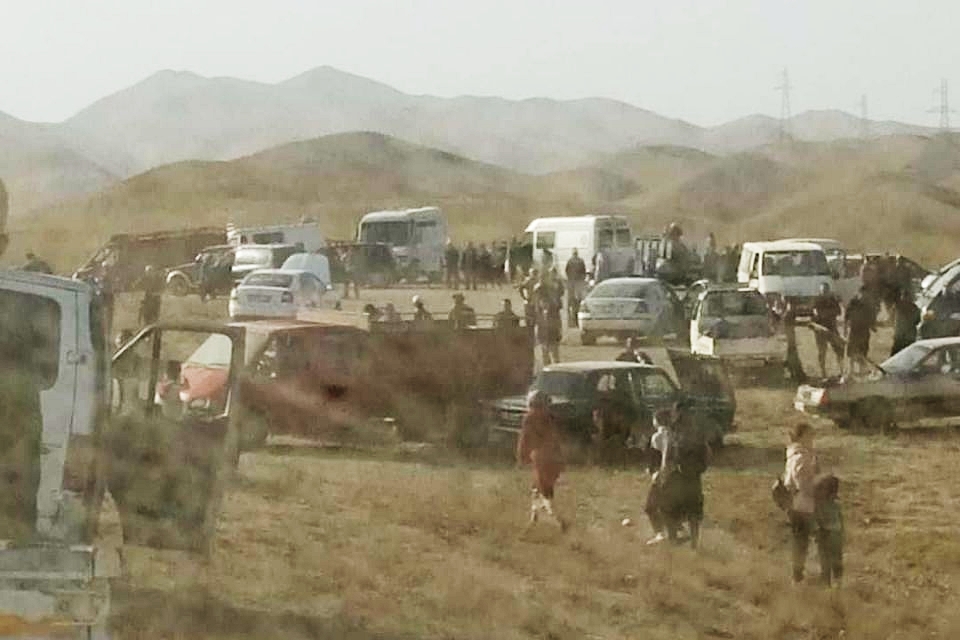
It is on the Tajik-Kyrgyz border that tensions most often boil over. The epicentres of the collisions are becoming water sources, fertile land, transport infrastructure: roads, detours and so on.
Scuffles occur regularly every few months and develop in a similar scenario: Local residents, outraged by the placing of this or that infrastructure facility, throw stones at each other. Soon, gunfire and arson erupt, and officials from the capitals who conduct negotiations get involved in the settlement of the conflict.
Sometimes, less often, the military personnel of the two countries are drawn into the conflict. Even the use of mortars now being reported by the parties is not an unprecedented event. The situation was similar 18 months ago, in the spring of 2021. However, each time, the clashes become more violent and the number of victims increases.
“How the current collisions differ from the previous ones, in the first place, is their scale,” Andrey Kazantsev, a specialist in the region, and a professor at the Faculty of World Economy and World Politics at Moscow's HSE, explained to RT.
According to him, the events on the border of Tajikistan and Kyrgyzstan are part of a problem that has been going on for many years.
“Cases of serious shootings at the border, with the use of weapons, are becoming more frequent. This conflict erupts with renewed vigor literally every six months, but this is not a confrontation between Bishkek and Dushanbe. It is regional conflicts that flare up – either for local water, or between groups that carry out cross-border drug trafficking, and so on. Usually, it all starts with the fact that they won't share the water,” Kazantsev explained.
Compelling circumstances
The demographic situation in the Fergana Valley is pouring gasoline on the fire. Compared to the rest of the post-Soviet space, it seems to be some kind of anomaly. If most territories experience depopulation, then in the Fergana Valley everything is exactly the opposite: more than 15 million people live on a patch of 22,000 square kilometers.
The population density outside cities is one of the highest in the world, at about 650 people per square kilometer. This is comparable to the densely populated areas of China, India, or Bangladesh. About a third of the population of Uzbekistan and Tajikistan and half of the total population of Kyrgyzstan live in the Fergana Valley, and in the future the numbers will only grow, because the countries of Central Asia are demographically ‘younger’ states.
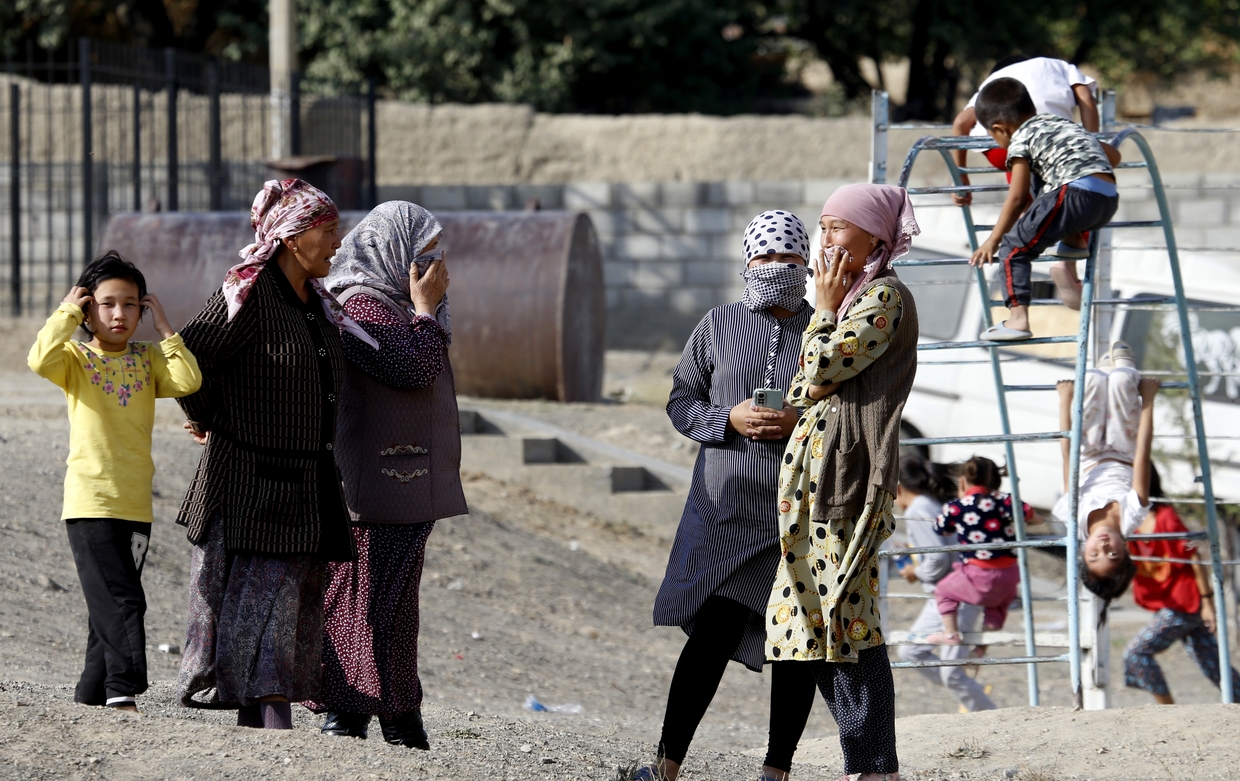
Andrey Grozin, Head of the Central Asia and Kazakhstan Department of the CIS Institute, also points out the imbalance in the demography of the two warring countries.
“There is an explosive population growth in the border regions of Tajikistan, in contrast to Kyrgyzstan, where, on the contrary, the situation is starting to turn towards depopulation. The Kyrgyz fear that the Tajiks will outweigh them for natural reasons. The ratio now in the border areas is about six to one; there are much fewer Kyrgyz than Tajiks.
“The Kyrgyz are seriously afraid that internal migration, added to those leaving Kyrgyzstan, will eventually create a situation where there will be a vacuum on the Kyrgyz side, and an absolutely dominant increase in numbers on the Tajik side where people will suffer from lack of land and water resources,” the expert said.
The situation with overcrowding is boosted by poverty and a lack of resources. Almost the entire population of the valley is reliant on livestock and agriculture, so every piece of land is worth its weight in gold.
It is all the worse because not only honest farmers and shepherds, but also various criminal clans, claim this land. Routes of drug trafficking and weapons smuggling pass through the valley.
There is evidence that a large proportion of this business is controlled by Islamist members of terrorist groups.
Image of the enemy.
Such circumstances create a situation in which central governments have absolutely no control over what is happening on the ground. As a result, the clashes that arise on the borders are not only interstate in nature, but local: Encounters occur between ordinary people, and not between the governments of the two countries.
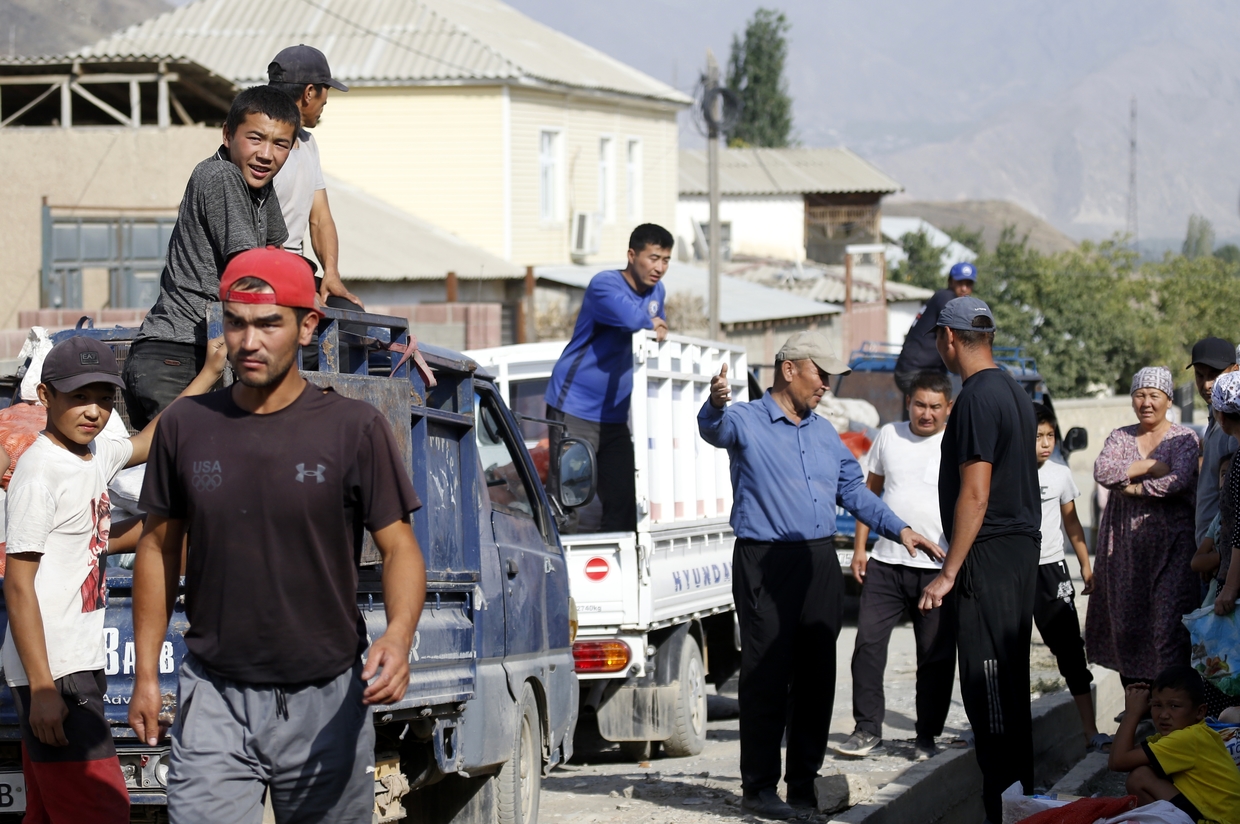
The lack of control, the rise in crime and poverty, and the struggle for vital resources, such as water. have already led to massacres – in 1989 in the Fergana region of Uzbekistan and in 2010 in the Osh region of Kyrgyzstan.
Professor Kazantsev points out that the conflict will be repeated over and over again, since the contradictions between the inhabitants of the border districts are only accumulating, and no decisions on this issue have been taken.
“Relatively recently, the peoples perceived each other quite fraternally – there is no such historical enmity as, say, between Azerbaijanis and Armenians. But as the conflict worsens, some differences begin to be constructed. For instance, that the Tajiks are a settled people, and the Kyrgyz are nomadic. Everyone begins to say that their culture is better, that it is more ancient and high, and that the neighbors are barbarians. As rhetoric bitters, the intensity of conflicts is also growing, and the number of victims is increasing. Because there are people who want revenge for their own,” the professor said.
Grozin, for his part, noted that the hardening of rhetoric has a negative effect on the prospects of a compromise.
“The authorities of both republics have driven themselves into a certain impasse in relations, and any concession will now be extremely negatively perceived by both Tajik and Kyrgyz society. If there ever will be one. This complicates the possibility of any negotiation process at all,” he said.
According to him, although the authorities of the two countries are not able to influence this conflict, they skillfully use it for their own purposes. By using nationalist rhetoric and constructing the image of an external enemy, the leadership of Tajikistan and Kyrgyzstan distracts the public from numerous internal problems.
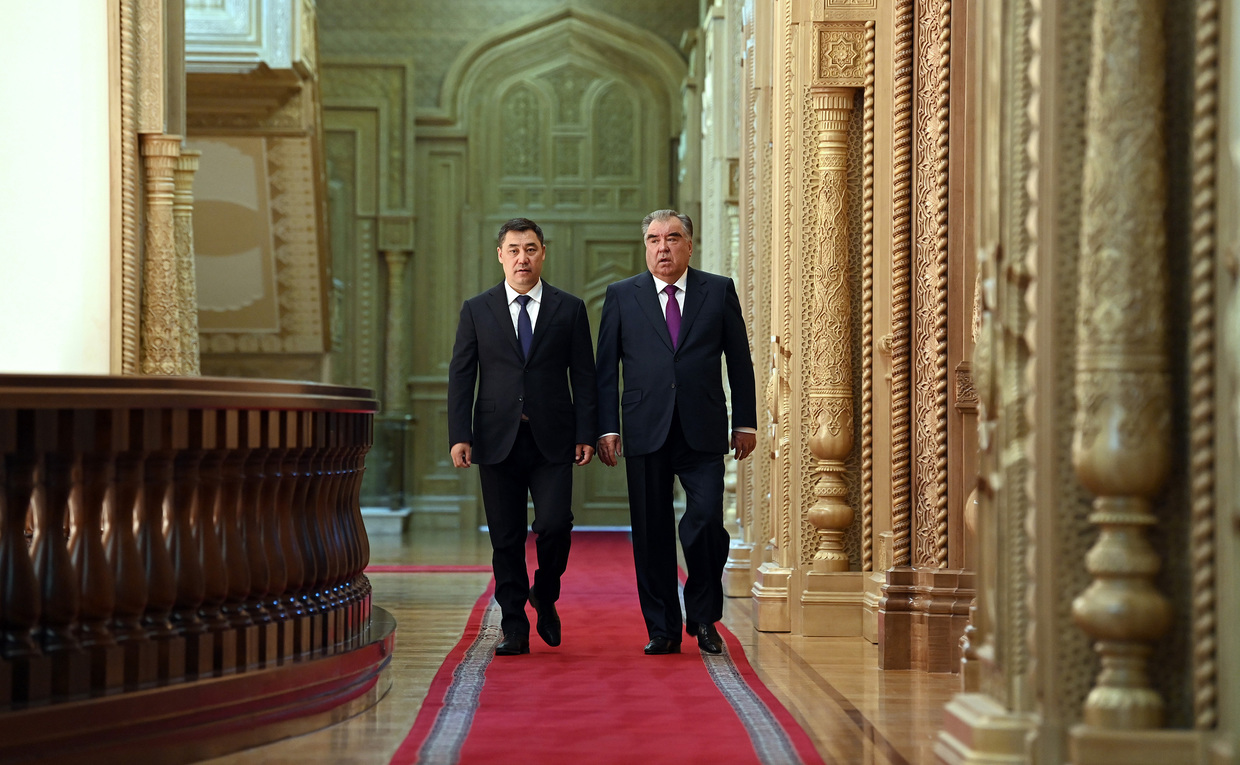
“I believe that on both sides, the states do not have any serious interest in actually looking for a way out of the standstill into which countries have consistently entered for at least the last quarter of a century. Starting with the demarcation and delimitation treaty in 1997. A quarter of a century has passed, but no serious progress has been made in the issue of demarcation and determination of the dividing line. For a variety of objective and subjective reasons,” Grozin explained.
How it’s come to this.
The Bolsheviks planted a geopolitical time bomb in the region. From the numerous tribes of Central Asia, the Soviet government singled out five main nations: Kazakhs, Kyrgyz, Uzbeks, Turkmen, and Tajiks. The borders of the Turkestan Territory, which united five regions with the territories of the Khiva Khanate and the Emirate of Bukhara, were divided between the newly-created republics in the 1920s.
However, the national principle did not become the key to the demarcation of the territory. The Soviet government drew the boundaries based on considerations of economic feasibility. The nomadic way of life of local tribes complicated the administrative division: If, for example, at one time of the year in some area the Tajik population prevailed, then at another in this territory the Kyrgyz could be the dominant people. Ultimately, the Bolsheviks were guided by the principle of the peoples leading a settled way of life, which later turned out to be a mistake.
During the years of the Russian Empire, this intermountain trough was a separate region. Before that, it was the center and pearl of the Kokand Khanate. The Bolsheviks decided to divide the fertile land between three union republics at once – Kyrgyzstan, Uzbekistan, and Tajikistan.
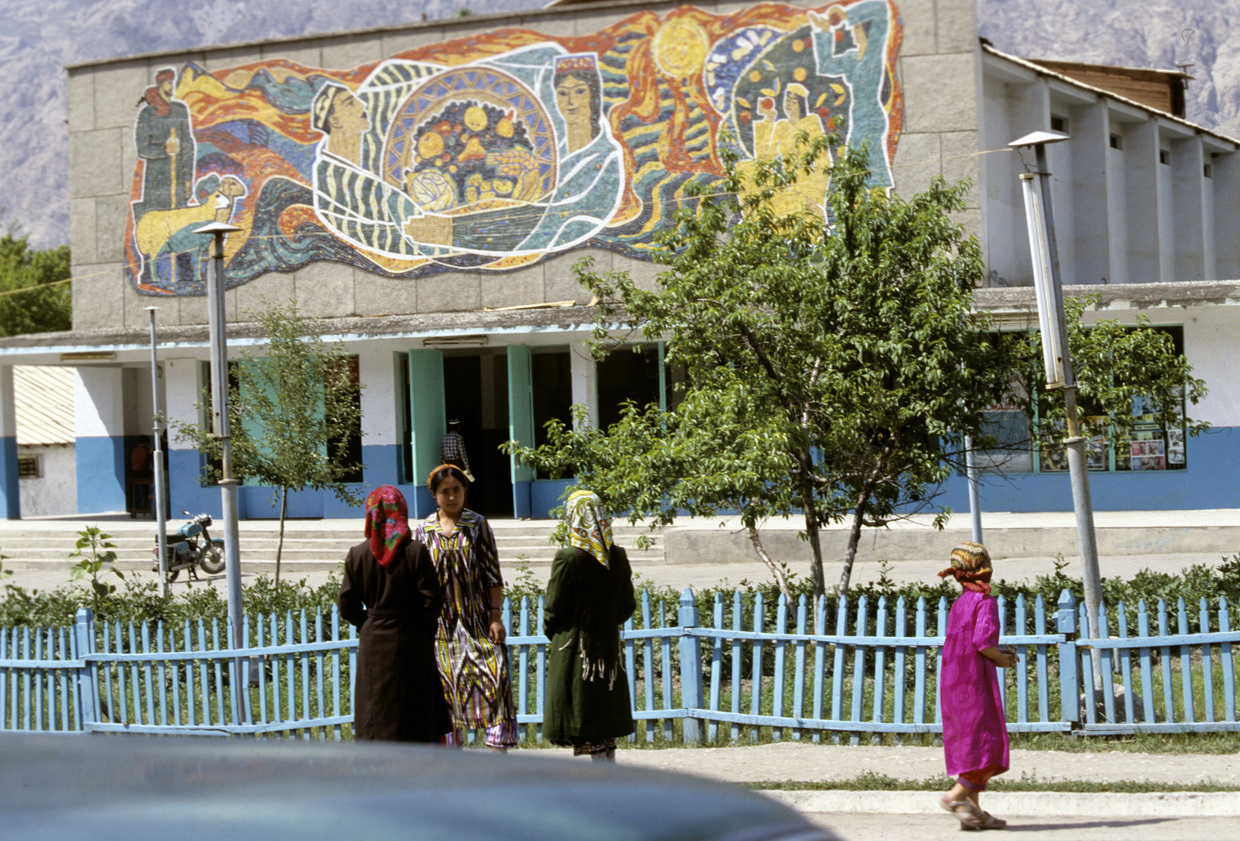
As a result, the entire valley was dotted with numerous enclaves, of which only eight are considered as large. Three of them belong to Tajikistan, four to Uzbekistan, and one to Kyrgyzstan. Bishkek ‘compensates’ for the small number of enclaves with the large number of exclaves on its territory. Except for two such problem areas (Kyrgyz Barak and Tajik Sarvak in Uzbekistan), the remaining six ‘territorial appendixes’ of the valley are located on the territory of Kyrgyzstan.
All of this was unimportant within the framework of one country. But when three independent sovereign states found themselves side by side on the territory of the Fergana Valley, and their borders were intermittently closed, the local population experienced difficulties in supplying water and humanitarian supplies, and isolation from pastures, and medical services, and sometimes their families.
At the moment, Bishkek and Dushanbe have recognized only 520 kilometers of the 950 kilometers of their common border. The rest of the sections since the collapse of the USSR are considered controversial and run along villages and roads. Sometimes, the border can pass through two adjacent houses.
Where is this conflict going?
Specialists in the region are unequivocally sure of one thing: The conflict will continue, and the intensity of military clashes will increase.
“Of course, there is a risk that at some point the escalation will reach the interstate level – some of the countries will have a desire to take revenge, announce mobilization and go to war with a neighbor. So far, thank God, this is not the case. The central authorities stop all such situations when conflicts flare up. But it is possible that at some point one of the parties will not hold back – what if the people demand revenge? In this case, a war may start,” Professor Kazantsev warned.
Grozin pointed out that even external players – neighbors of warring states – cannot influence this trend.
“Russia has repeatedly offered its help as an arbitrator. The parties politely refused such an offer. The same applies to China, which has many interests and wants to maintain stability in the region. But as we can see, even the summit in Samarkand, where both President Xi Jinping and Russian President Vladimir Putin tried to convey the idea of ending the conflict to the leaders of Tajikistan and Kyrgyzstan, had no effect. As we can see so far, inertia persists, the conflict is not going anywhere. Meaning, the words of senior comrades are not enough here. Neither the West nor the East can influence this confrontation,” he said.
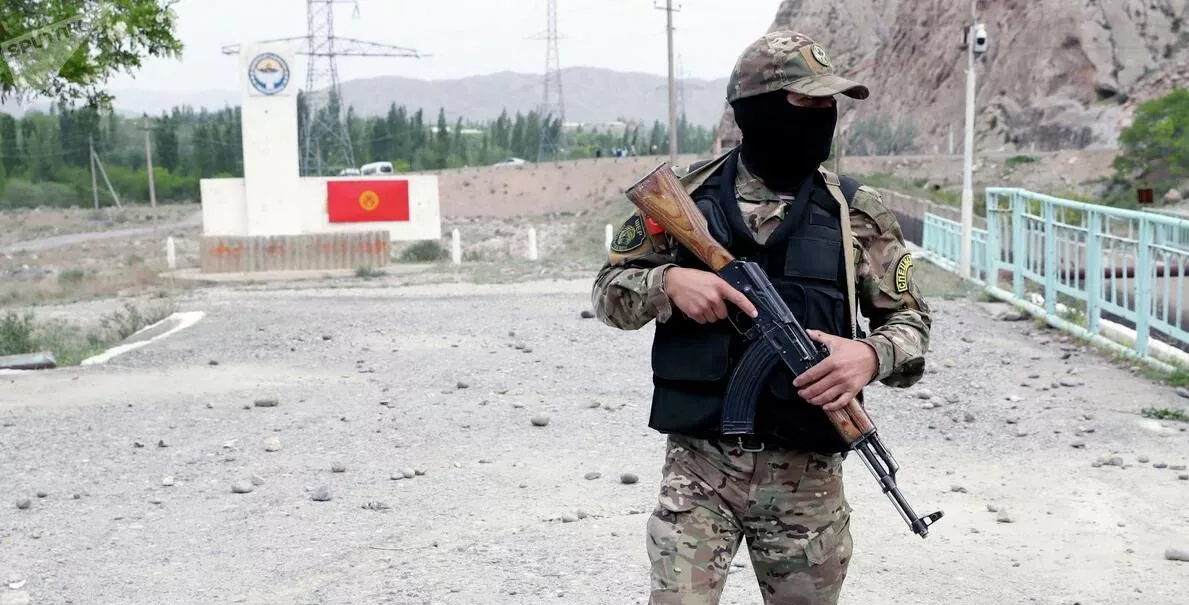
According to Grozin, the only comforting factor in this situation is the extremely low military potential of Kyrgyzstan and Tajikistan.
“These countries do not have the capacity for some kind of long-term armed conflict, even if compared with what we are seeing in the Transcaucasus. There, the military and economic potentials, both from Baku and even from Yerevan, are much greater. In brief, there is nothing to worry about,” he said.
Professor Kazantsev, however, does not share the optimism of his colleague.
“The fact is that in Afghanistan, which borders on Kyrgyzstan and Tajikistan, there is already a war going on between the Taliban and various other groups, such as ISIS. And if these two countries start a war, then there will be such an Afghan black hole that will expand and capture neighboring territories. And there will be not one conditional Afghanistan, but three,” he warned.
